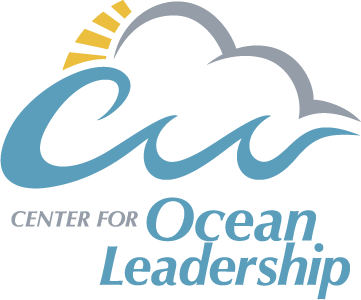The Great Lakes: A Window into Freshwater Science
Resources

The Great Lakes
The Great Lakes formed at the end of the last glacial period (around 10,000 years ago), as retreating ice sheets carved basins into the land and filled with meltwater, forming the largest group of freshwater lakes on Earth. Many U.S. citizens do not realize how large or important the Great Lakes are to their daily lives. The Great Lakes contain most of North America’s fresh surface water (95%), making them critical to the global water cycle. Their role in regional weather and climate goes far beyond “lake effect snow” often heard about in the news. While they are a large feature of North America, they are finite and their resources are limited. This is extremely important given the role the Great Lakes play in climate, the supply of fresh drinking water and the delivery of goods. And due to their importance, the Great Lakes face just as many challenges as the ocean, including invasive species, climate change, and pollution.
Topics To Explore
Webinar Series
View the NOSB’s Great Lakes freshwater-themed Professional Development Webinar Series recordings to learn more about the history and unique properties of the Great Lakes, invasive species, and Great Lakes / freshwater policy implications.


